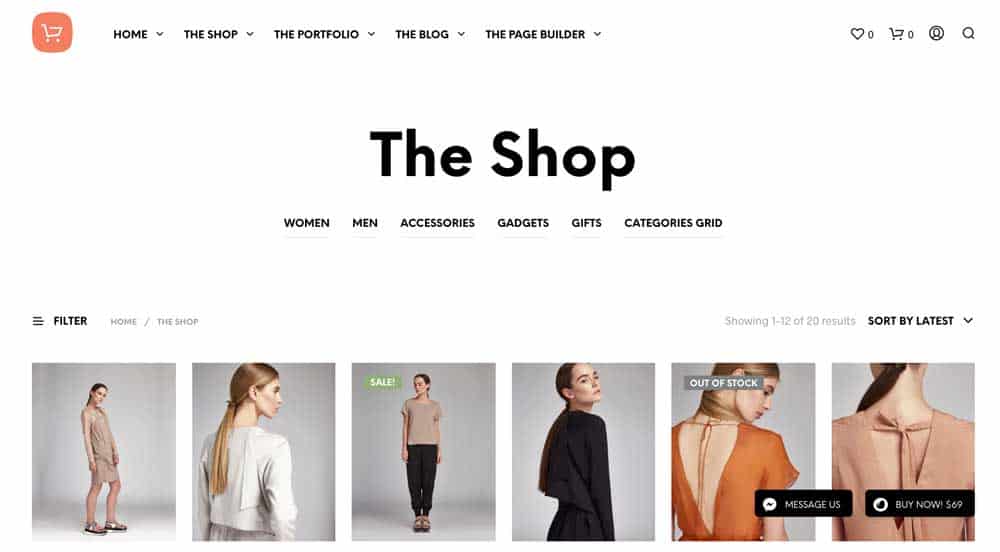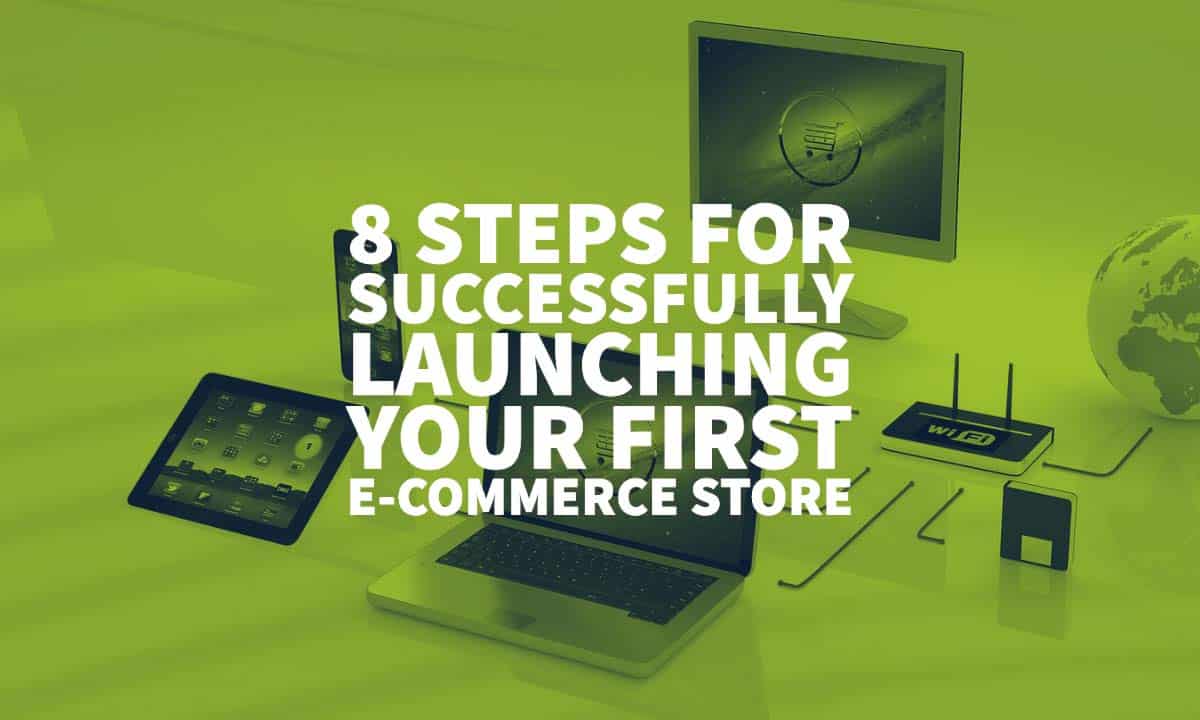
17 Feb 8 Steps for Successfully Launching Your First E-Commerce Store
8 Steps for Successfully Launching Your First E-Commerce Store
Starting any business can be challenging, as there are many aspects to consider.
From deciding on a first business name to developing effective marketing strategies, you will have to spend countless hours before launching your store.
However, it is doesn’t necessarily have to be complicated.
You can use many tools along the way to ease the process. But you will still need to put in the time and work.
To help you begin, here are the essential processes that every e-commerce store owner has to go through before starting their business.
1- Searching For “THE” Product

The first and the most challenging part of starting an e-commerce store is finding the right product to sell directly to your customers.
The item needs to have high global demand. Not only that, you need to find something that can be profitable, and the orders can be easily carried out.
As a beginner, it can be costly to hire research services.
It will take an obscene amount of time to do it yourself.
However, you can make use of Google Trends, eBay Top Products, and Amazon Best Sellers, among other tools.
The earlier you can identify a trending product, the more chances you have of establishing a profitable business.
2 – Scouring the Internet for a Reliable Manufacturer

Even if you have an excellent product and high traffic, your business can fail due to the manufacturer not being able to meet the demands.
That is why you should find a reliable source after figuring out your product.
Like most entrepreneurs, you need to have reliable communications with your supplier if they are based overseas.
A trick for doing this is sending a long list of questions to every potential manufacturer.
You will know how efficient their communications are if they give proper answers to every single issue.
If you merely look at the cheapest option and don’t give importance to anything else, the store might fail.
3 – Researching and Planning

After finding a profitable product and an excellent organisation to work with, you need to start creating a business plan.
But before you start doing that, research the market.
You need to figure out all the potential competitors and their unique marketing ways.
It is essential, as you will be able to figure out how to be different and see what your business could be up against.
Construct a thorough business plan that can be a guide to bring all your thoughts and ideas together.
It needs to outline the priorities and figure out marketing tactics to bring new customers.
4 – Creating a Brand Identity

Now that you have all the necessary things – think of an original name for your business.
It should relate to the primary item and be ingenious enough to attract people.
It might be useful to come up with a couple of names in case your favourite one is taken.
Check if the name is obtainable on social media websites and search the name on your browser to see whether the domain name is available or not.
Type @businessname on every social platform before confirming.
5 – Developing a Website

Developing a website is another challenging process. You either need to have excellent skills or enough funds to hire a freelance developer.
However, before developing, you need to sign up with a web hosting service.
Many companies offer several services, which is why you can check a hosting ranker tool online to help figure out the best option.
Other than that, you also need to create the layout and the logo design of the site.
You can find freelancers for these tasks as well.
6 – Figuring Up With a Product Fulfillment Process

It would be best if you had figure out a way to process the order and fulfilment process.
It can significantly vary with the type of product you are selling.
For instance, smaller items are much easier to store in-house and process than more substantial objects.
You might want to consider having a drop shipping business, where your store takes orders and forwards to manufacturers who directly send the packages to your customers.
You should consider looking into organisations that help fulfil the shipping needs.
You can also use popular shipping methods that provide tracking details and fast delivery.
7 – Plan Your Earning Goals

You now have every little detail, starting from manufacturing to delivering, and should now think about the potential earnings. After all, you can’t go into this wearing a blindfold.
- How much will an item cost?
- How much will it take for the manufacturer to deliver to your storage site?
- What are all your fulfilment expenses? These include the money required to maintain the storage facility, staff salaries, software fees, packaging costs, and shipping fees, among other things.
- How much will marketing and advertisements take?
- What are your merchant fees?
It would be best if you had concrete goals.
Especially if the product can go bad or expire, leaving you with unsellable inventory and a significant loss.
Every business person always looks for ways to cut costs and increase revenue, without compromising on the quality of products and efficiency of shipping.
Try to negotiate a better deal with your manufacturer or shipping provider if your business will be processing tons of orders.
8 – Pre-Launch Marketing

You now have everything there is to start the business, except a way that can convince people to buy the products that your site will be selling.
One of the best ways to carry out a marketing strategy is through social media.
You can create pages and launch campaigns.
It will target users on the websites that might have an interest in your items.
It would be best if you considered starting ads on Facebook and Instagram, among other platforms.
You can also look into influencers and contact one, or several of them.
Then, present your product and offer them a fee to market your business.
It can be extremely beneficial to drive much traffic on your opening day.
After figuring out short-term plans, look into long-term marketing strategies.
Many companies use search engine optimisation techniques to build a strong consumer base over time.

The post 8 Steps for Successfully Launching Your First E-Commerce Store is by Stuart and appeared first on Inkbot Design.


